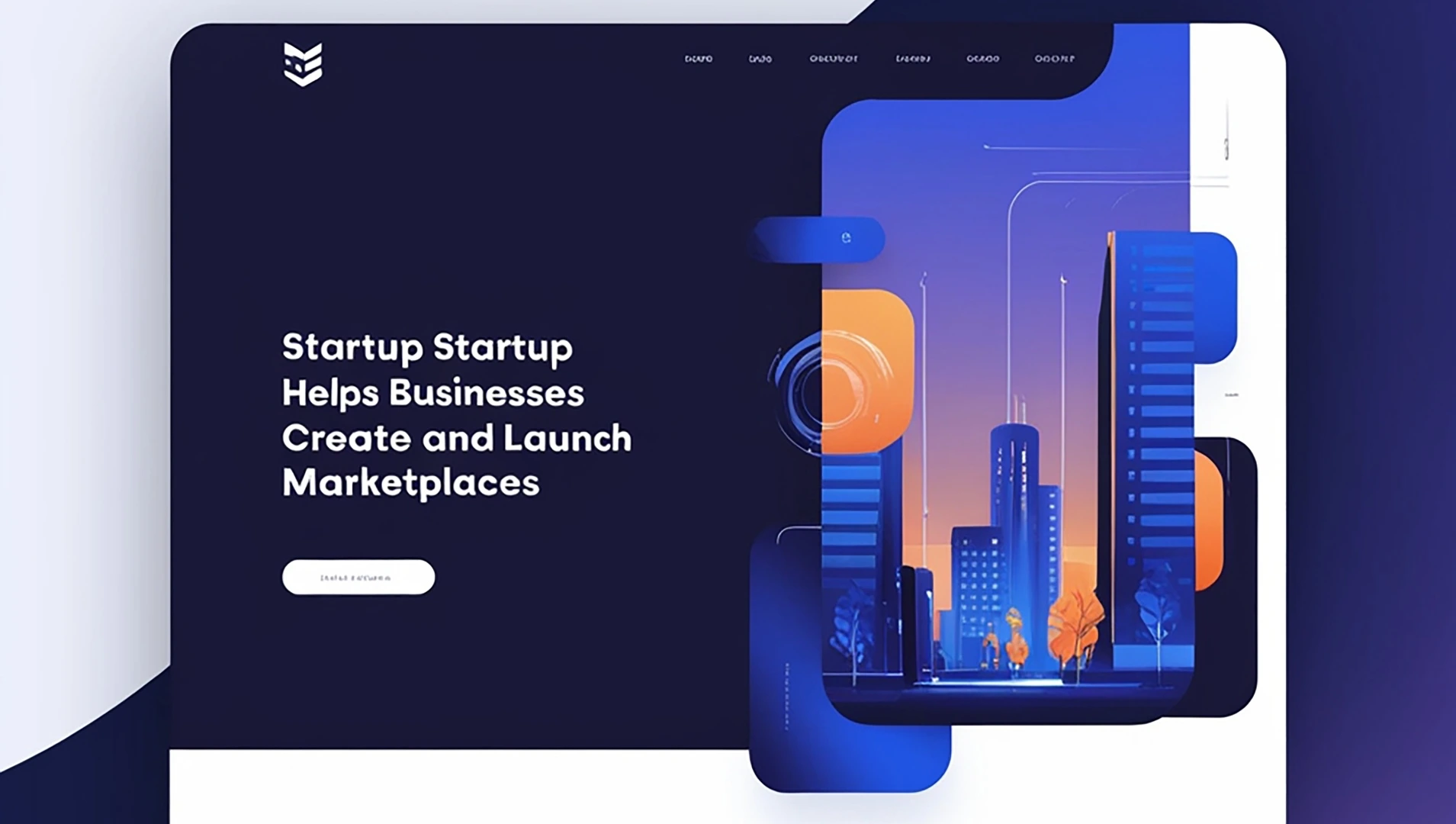
Static Website/Web App
A static website consists of fixed content—each page is coded in HTML, CSS, and sometimes JavaScript. The content stays the same unless manually updated by a developer.
Key Features:
🔹 Fixed Content: The same content is displayed to every visitor.
🔹 Fast Loading: Minimal server processing; faster load times.
🔹 Simple to Build: Ideal for small websites like portfolios, brochures, or landing pages.
🔹 No Database: Content is hardcoded; no interaction with databases.
Dynamic Website/Web App
A dynamic website/web app generates content on-the-fly using server-side scripting languages like PHP, Python, Node.js, or .NET. It pulls data from a database (like MySQL or MongoDB) to display personalized, interactive content.
Key Features:
🔹 Interactive Content: Content changes based on user input (e.g., forms, user logins).
🔹 Database-Driven: Pulls information from a database to update content dynamically.
🔹 Complex Functionality: Supports advanced features like e-commerce, user dashboards, and forums.
🔹 Requires More Resources: More server-side processing means slightly slower load times compared to static sites.



